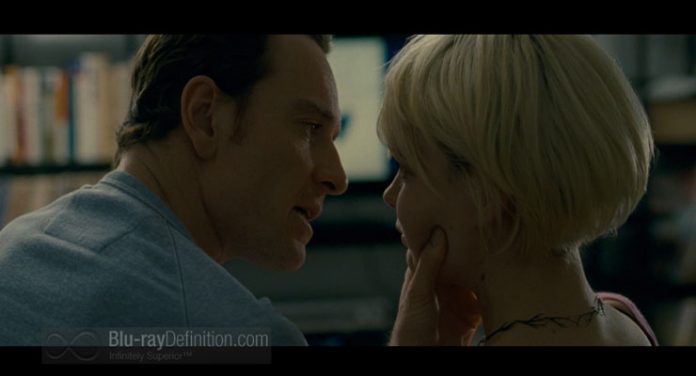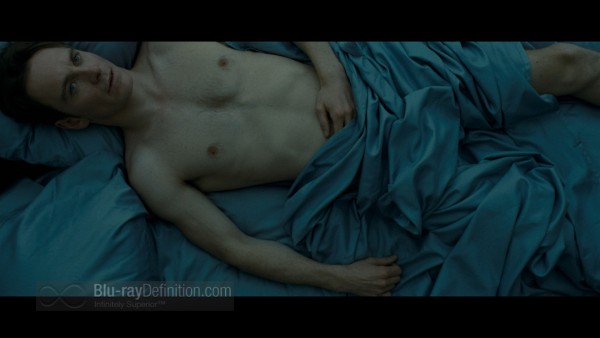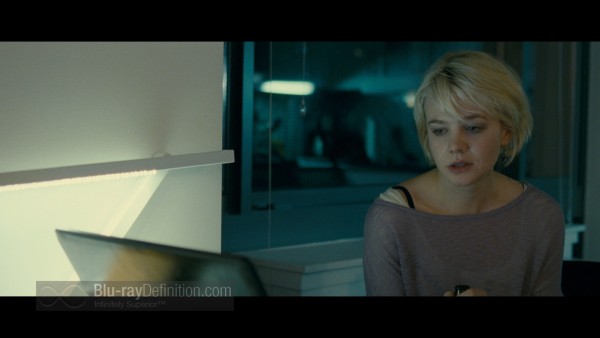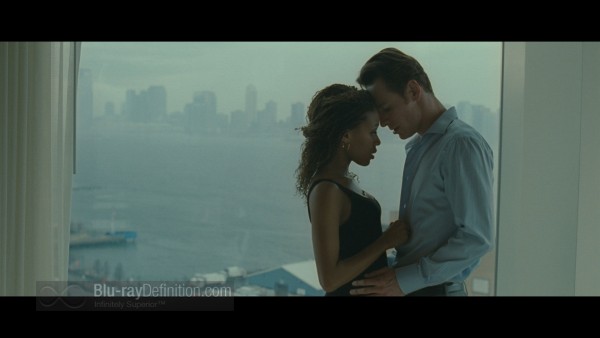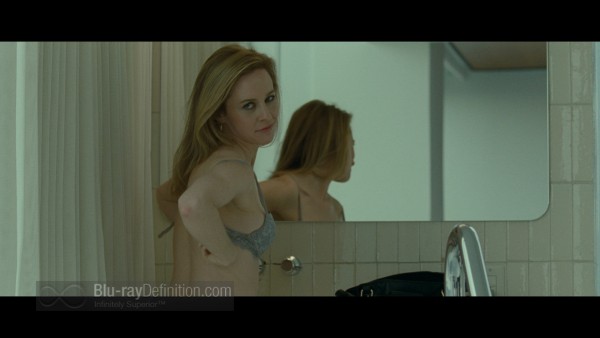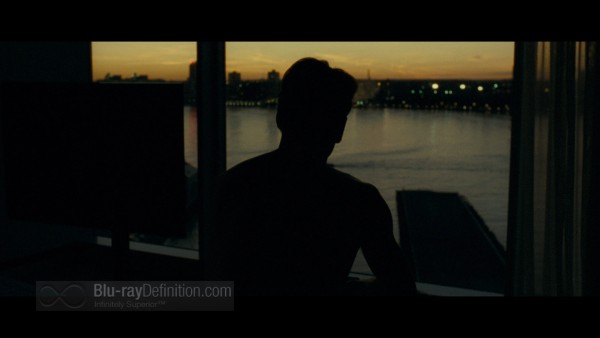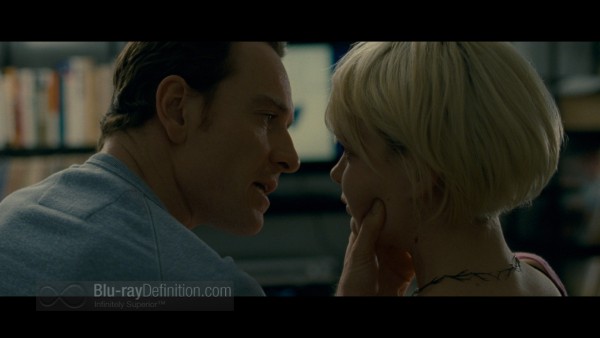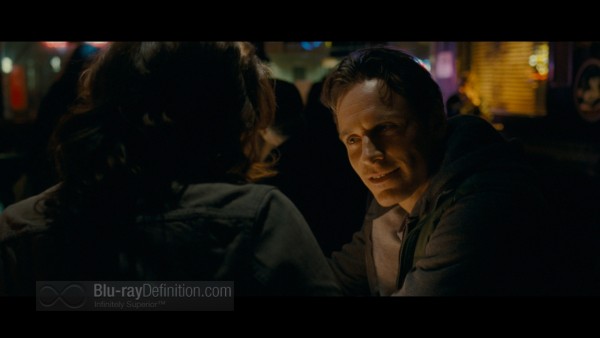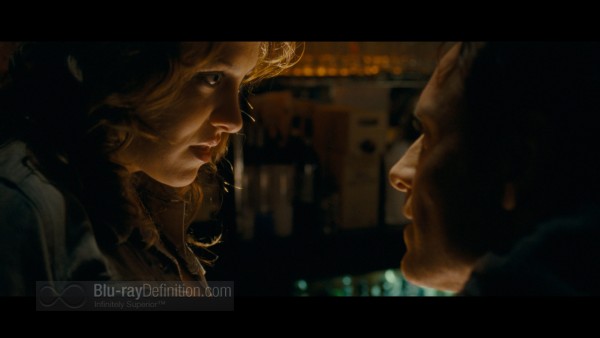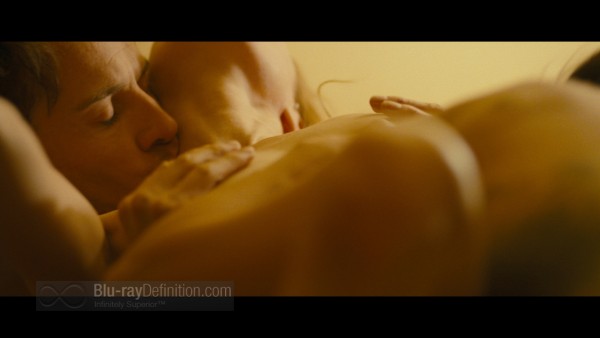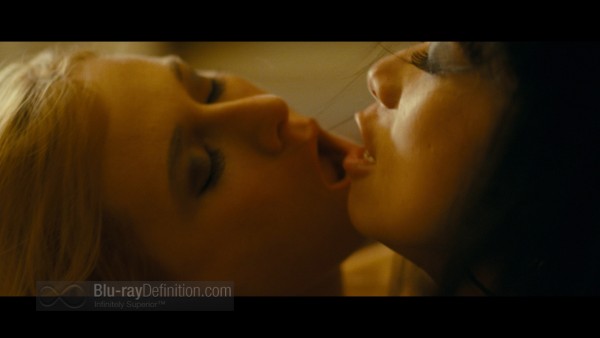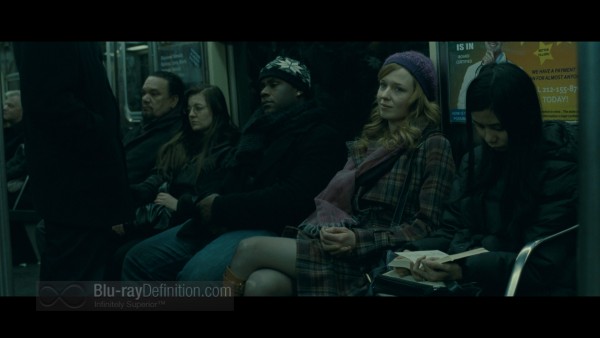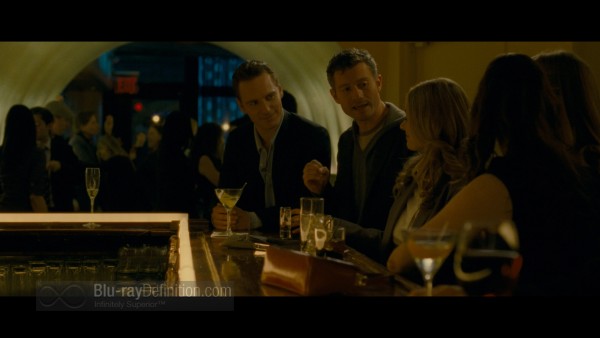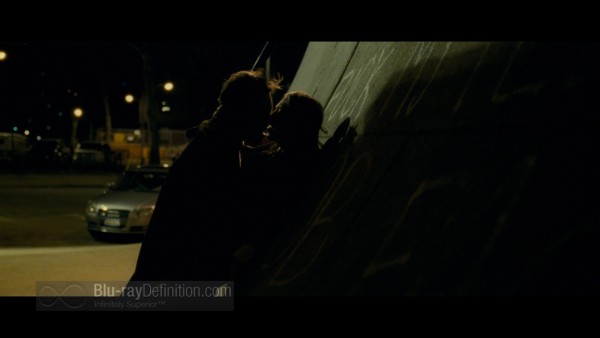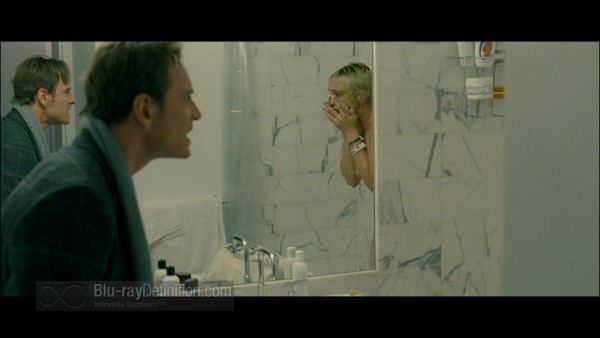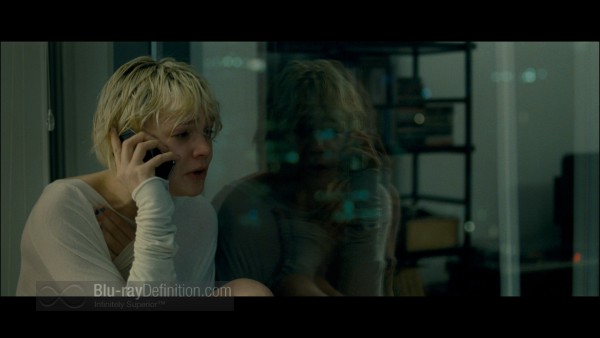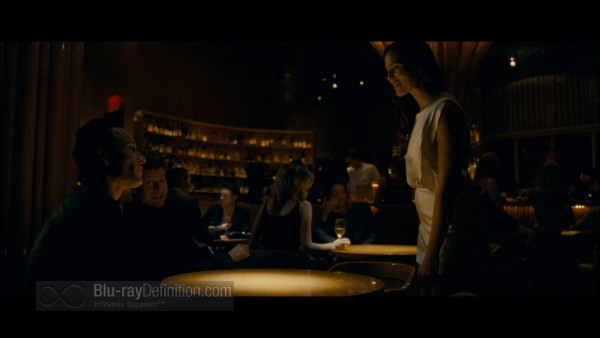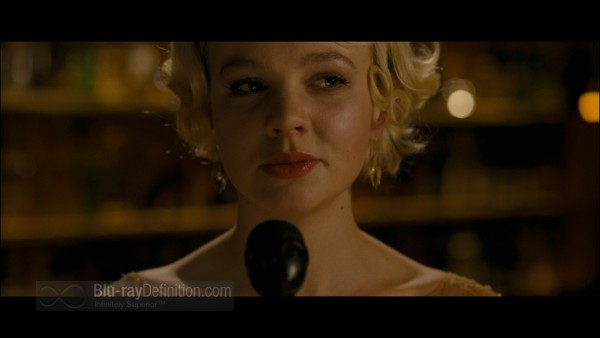British director, Steve McQueen (Hunger), not to be confused with the film star of the same name, is quickly making a name for himself with being very capable of making films that easily touch a nerve with the psyche and relentlessly expose the darker side of human existence. His latest film, Shame, stars Michael Fassbender in a Golden Globe-nominated performance as 30-something New York City executive, Brandon, whose sexual proclivities, mainly an addiction to graphic pornography, webcam sex, and paid sexual encounters with hookers, has left him emotionally distant and incapable of forming a real romantic relationship. His quiet home life, one of solitude and regimen, is interrupted when his wilder, musician sister, Sissy (Carey Mulligan; Drive; Never Let Me Go), shows up unexpectedly at his apartment after leaving several desperate messages on his answering machine. Her open-ended stay causes the normally cool and collected Brandon to spiral out of control, further into depravity as the tension between he and Sissy rises to a tragic level.
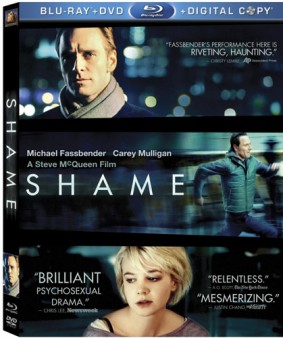
The central relationship between Sissy and Brandon drives the story here. It’s intense, scary, violent, and borderline incestuous. The fact that Sissy seems to be the only woman who can invoke a valid emotional response from Brandon is well established early on when Sissy croons a heart-rending version of “New York, New York” in front of Brandon and his boss, causing the former to actually cry. Later on, we see Brandon attempt a romantic affair with a coworker that goes south when he can’t get an erection, only to fall back on his reliance on a prostitute in the same hotel room in a rough shag only a few hours later.
The psychosexual tension throughout Shame is thick, but McQueen never crosses the invisible line, despite the many sexual encounters that garnered the NC-17 rating for the film. The scenes, more aggressive than dreamy, may be NC-17 for the MPAA, but fall well outside what passes for shocking in the art house world these days.
The Video
Shame was filmed in 2-perf, 35mm (Techniscope). Its color palette emphasizes cold blues and greys most of the time, if not giving preference to glowing amber in some of the warmer scenes. For the most part, the colors are a bit desaturated and grain is a little strongly textured, but always natural in appearance. Foreground detail is strong and contrast is excellent, showing deep, bottomless blacks and bright whites.
The Audio
The DTS-HD Master Audio 5.1 soundtrack is more subtle and atmospheric in nature that it is upfront and aggressive. The surround channels are often rather silent when not filled with mild ambience and subtle discrete, atmospheric effects. Dialogue is anchored to the center channel and remains clean throughout while low frequencies are also quite subtle.
The Supplements
A series of featurettes round out the set. They explore the film’s themes, the actors, and the filmmaker.
The supplements:
- Focus on Michael Fassbender
- Director Steve McQueen
- The Story of Shame
- A Shared Vision
- Fox Movie Channel Presents: In Character with Michael Fassbender
- Theatrical Trailer
- DVD
- Digital Copy
The Final Assessment
Riveting direction and acting in Shame, particularly from Carey Mulligan who plays the broken angel to Michael Fassbender’s scarred loner, make this an emotional dragon, a behemoth on the screen; another resounding triumph that resonates throughout the psyche from director Steve McQueen.
Additional Screen Captures
Be the first to leave a review.
[amazon-product]B006OB3K56[/amazon-product]

